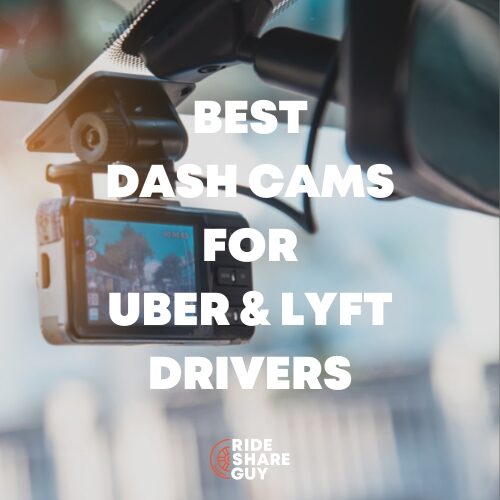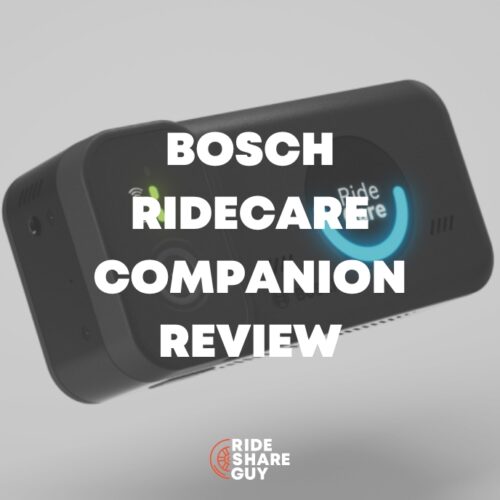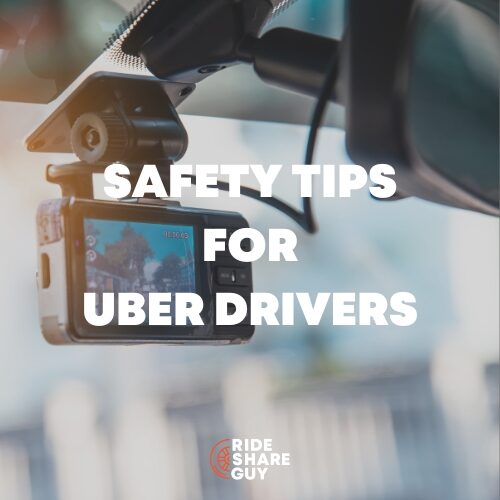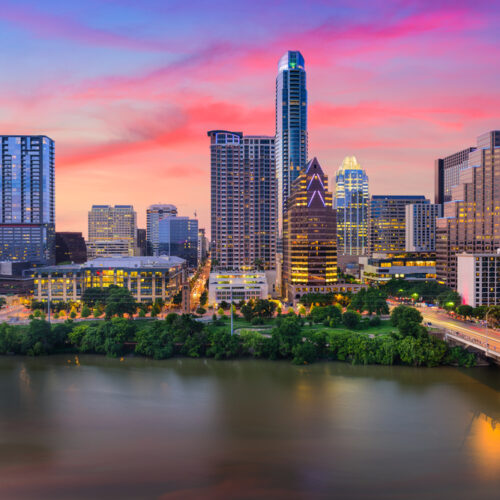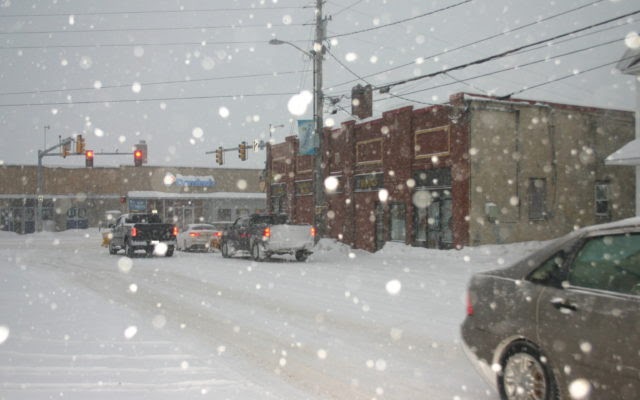As recent news has made clear, passenger and driver safety is a serious issue for the rideshare industry. What can be done to solve this issue, for both drivers and passengers? Senior RSG contributor John Ince shares an open letter to Uber and Lyft about how to address safety in the rideshare industry below.
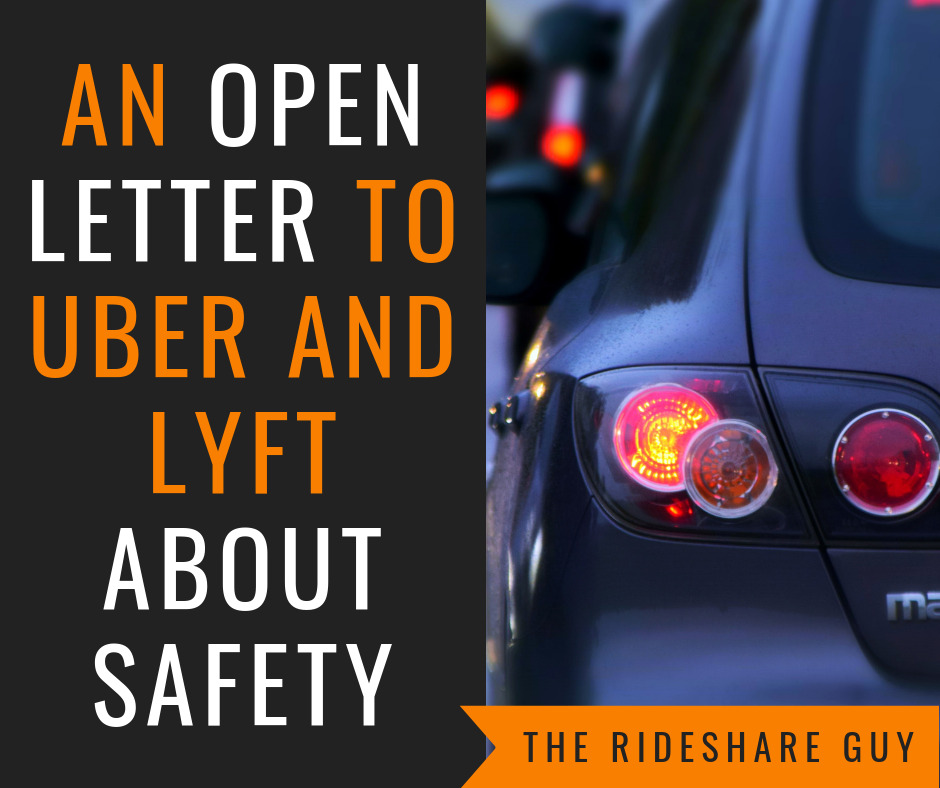
Dear Uber and Lyft:
Speaking for the millions of drivers, and hundreds of millions of passengers who use your platforms, I am concerned about safety – both passenger safety and driver safety.
I am an Uber/Lyft driver, and for the last four years, I have written aweekly summary of news stories about your companies and the industry at large. It amazes me how often some tragic incident grabs the headlines involving someone who has abused your platform – resulting in violence, injuries or death.
Just a few weeks ago, it was the South Carolina student who was murdered by a man posing as an Uber driver. Frommedia accounts:
The driver had the backseat child locks on, trapping Josephson, who was killed and her body dumped in the woods, authorities said. The death stunned people across the country. Several bills and proposals were filed in South Carolina the week after Josephson’s death, including one saying lawmakers wouldn’t stand in the way of local governments passing their own laws on ride sharing safety including designated spots for riders to be picked up.
Another bill sponsored by Democratic Rep. Beth Bernstein of Columbia would allow someone to be charged with attempted kidnapping if they tried to imitate being a driver with a ride sharing app, even if they never picked anyone up. Neither Uber nor Lyft answered emails seeking comment about the bills.
People can debate whose at fault. Was it the young woman’s fault for getting into the wrong car? Was it the companies fault for not having stricter protocols or requiring more visible signage for identify drivers? Is it the fault of regulators for not enforcing stricter rules?
Yes, we read and hear your carefully guarded press statements, “Safety is our number one priority,” after each new safety incident makes its way to the headlines. But I see little tangible evidence that you actually believe this to be true.
As just one example, why do you continue to use the less rigorous, less expensive, less effective background checks to screen drivers, when so many instances surface of questionable characters getting through the cracks? More accurately, and more truthfully, your policy should be, “Safety is our number one priority – as long as it doesn’t cost too much.”
Asking People To Take a Leap of Faith
Consider for a moment how much of a leap of faith is required for a passenger to get into the intimacy of a car with a complete stranger. In many ways, it is a testament to the power of your marketing efforts that today, hundreds of millions of people all around the world do this as a matter of routine – something that would have been unthinkable just a few years ago.
Yes, we’ve long had taxis, buttaxi drivers were screened more carefully, their cars went through much more rigorous safety inspections, and even after this driving a taxi was and isconsidered among the most dangerous occupations.
I call upon you to respond to six questions critical to the safety of your platforms:
1. Why won’t you release data about safety? Specifically:
- How many allegations of sexual assault have there been by people using your platform?
- How many of those allegations have been investigated?
- How many instances of impropriety or safety concerns have been verified?
- Why do you permit third parties to do safety inspections of driver cars, when it remains easy for a driver acting in collusion with the inspection station to falsify information?
- How many accidents have there been involving one of your drivers?
- How many passengers have been injured (fatally) while taking an Uber or Lyft?
- How many drivers have been assaulted or otherwise injured or abused while doing their job for your company?
Your continued refusal to release this data suggests that you have something to hide.
2. Why don’t you require all drivers to install uniform, illuminated signage in/on their cars?
At first Lyft sent us a big pink mustache that we were supposed to install on the grill of our car. The few drivers who did it were ridiculed. Over the years more signs have been sent to drivers, sometimes replacing another sign and another logo that fell out of favor.
The net result is a hodgepodge of signage that confuses as much as it illuminates. Many drivers have no signs at all on their cars, and still unwitting passengers get in without even checking license plates. It a situation ripe for abuse, and the recent tragedy in South Carolina should be a wake up call.
3. Why don’t you do stricter background checks for passengers?
Wouldn’t it be a simple matter to require all passengers to give a driver’s license number or another form of ID? Uber already requires JUMP e-scooter riders to scan their ID in order to be able to ride, so we know it is indeed possible.
We’ve read about passengers who assaulted drivers or committed other violent acts, and they remained on the platform. For those who are removed, it remains easy for them to simply create another fake account that leaves them untraceable and unaccountable on the platform. This is a gaping void in your safety systems that must be remedied before you can truly call your platform safe for drivers.
4. Why don’t you enforce rules about underage passengers or at least make some effort?
As a matter of routine, teenagers in my area and their parents simply assume it’s okay for the teens to use the platform. The companies have covered themselves legally by putting in their terms of service that you must be 18 or older to use the platform on your own, but this is regularly ignored by teenagers. And once they enter the car, they have power over the driver in the form of a rating.
All this was driven home to me a few years ago when I was driving and received a ping for a pickup from a young lady (a minor). In the course of our conversation into San Francisco, she mentioned her father was on the board of directors of Uber – which I subsequently verified with a little online research. Now I ask you, what kind of a company permits one of its directors to violate the terms of service of the company, and does so with impunity?
5. If a driver adheres to your no weapons policy, how are they expected to defend themselves against an aggressor?
Drivers are at risk in this profession. Yes, to some extent all jobs have safety risks. USA Today ranks taxi driving as the 17th most dangerous job in America, and drivers in general as the 7th most dangerous. I suspect that driving for Uber/Lyft is even more dangerous because cars lack the plexiglass barrier, and most drivers have nodash cam.
Your rules that prohibit drivers carrying weapons conveniently get your companies off the hook if the policy is violated, but what is a driver supposed to do to defend themselves? What guidelines do you have to help drivers make this job safer? Lyft and Uber both ban drivers from carrying firearms but Lyft takes this a step further and evensays no to non-lethal weapons.
6. Why are your screening processes for both drivers and passengers so porous?
The screening processes for drivers are significantly more rigorous than the screening processes for passengers. Recently, there was a news account of apassenger who created a fake account, with some kind of fake credit card, and used that account to hijack a driver. This is not an isolated incident.
In fact, none of us have any idea how safe the passengers and drivers are because you will not release any data on safety. How can a potential driver make an informed judgment as to whether or not this is a safe profession if you will not release any data?
How Can We Improve Passenger and Driver Safety?
The headlines are filled with tragedies that have taken place on your platforms. It will serve little or no purpose here to try and point the finger at the company or the driver or the passenger. But you must recognize and acknowledge that the process of a passenger getting into the intimacy of a car with a complete stranger is ripe with potential for abuse. This potential for abuse is exacerbated by the fact that passengers are not screened with any degree of rigor that should provide comfort to a driver.
To inspire a greater level of confidence in the safety of the platform, I call upon you to take concrete steps to insure the safety of both drivers and passengers on your platform,
Very Truly Yours,
-John F. Ince
